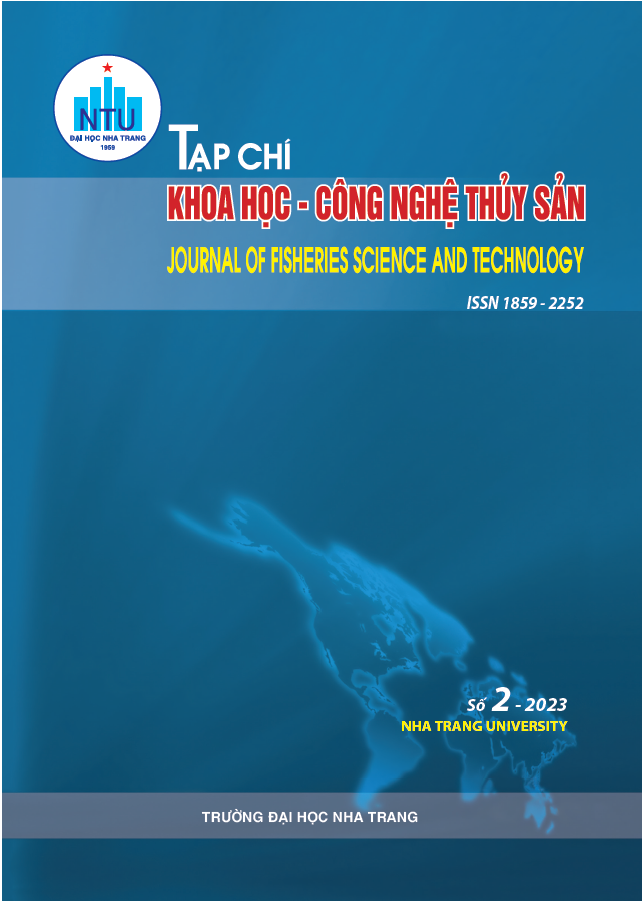##plugins.themes.huaf_theme.article.main##
Abstract
The objective of this study was to evaluate the effect of shrimp heads protein hydrolysate supplementation (0% (control), 1, 3 and 5%) on growth, survival, biochemical and hematological parameters of rainbow trout Oncorhynchus mykiss at the juvenile stage. Mean weight gain (WG), specific growth rate (SGR), feed conversion ratio (FCR), protein efficiency ratio (PER) and survival rate (SR) were assessed after 8 weeks. WG, SGR, FCR, PER and SR showed statistically significant differences (P<0.05) in the treatments. Fish fed 5% protein hydrolysate gave the best results. The number of white blood cells (WBC), red blood cells (RBC), hemoglobin (Hb) and hematocrit (Hct) increased significantly as the amount of hydrolyzed protein in the diet increased. Protein and triglyceride concentrations in plasma were not significantly affected in all treatments (P>0.05). Furthermore, total body and muscle lipids were higher in fish fed 3% and 5% protein hydrolysates compared with the other treatments, but muscle and body protein content 5% higher in the feeding group than in the other treatments. Results from the present study showed that protein hydrolysate from shrimp heads has good potential for use as protein supplement in rainbow trout diets up to 5%. Supplemental dietary protein hydrolysate from shrimp heads also has potential as an immune enhancer because of an increase in WBC. These data provide a potential use for a current waste product and might serve as a model for other countries that have both warm water crustacean industries and rainbow trout fish industries.

